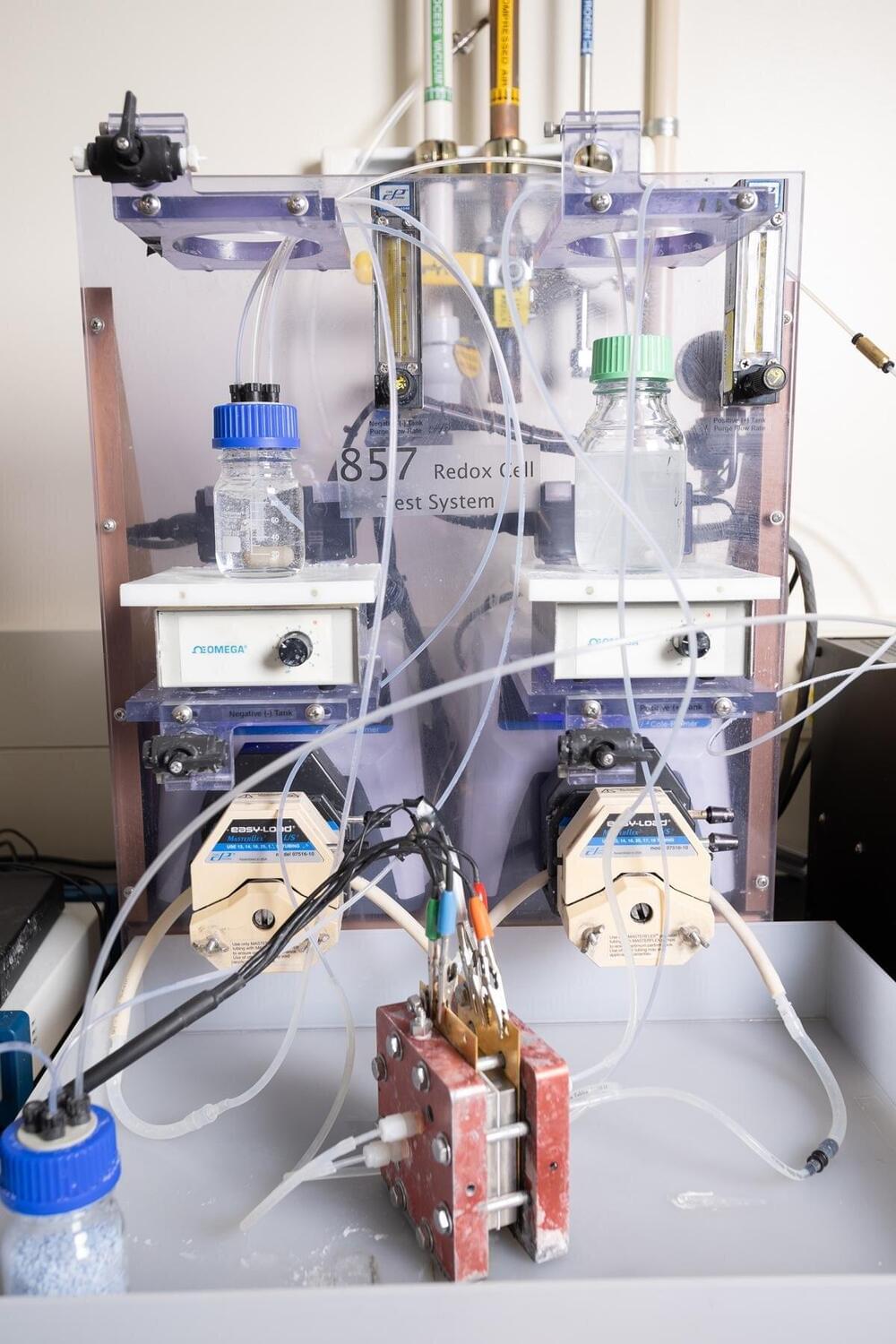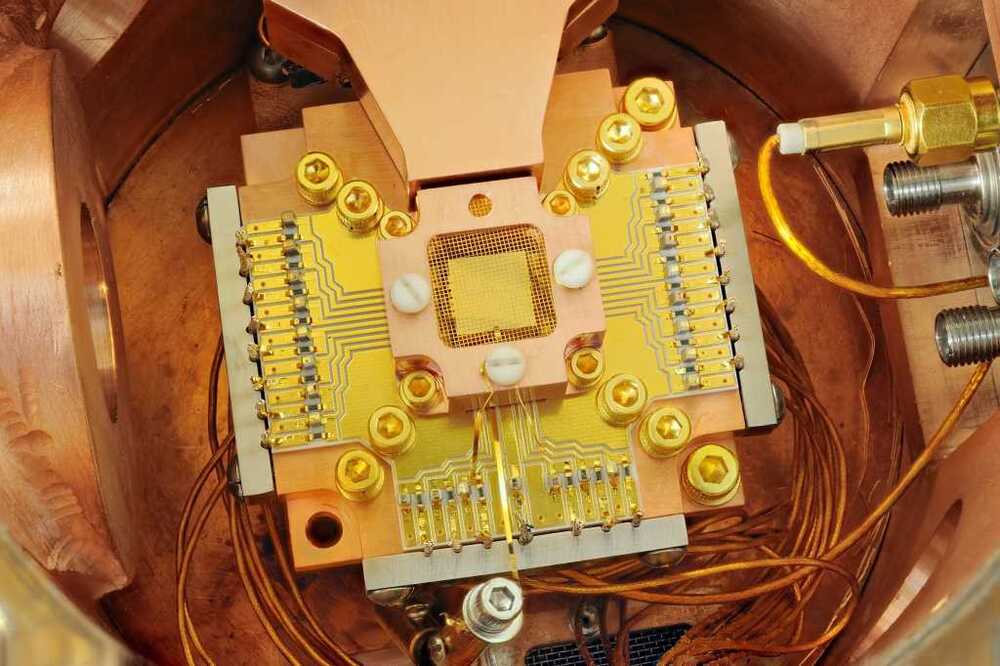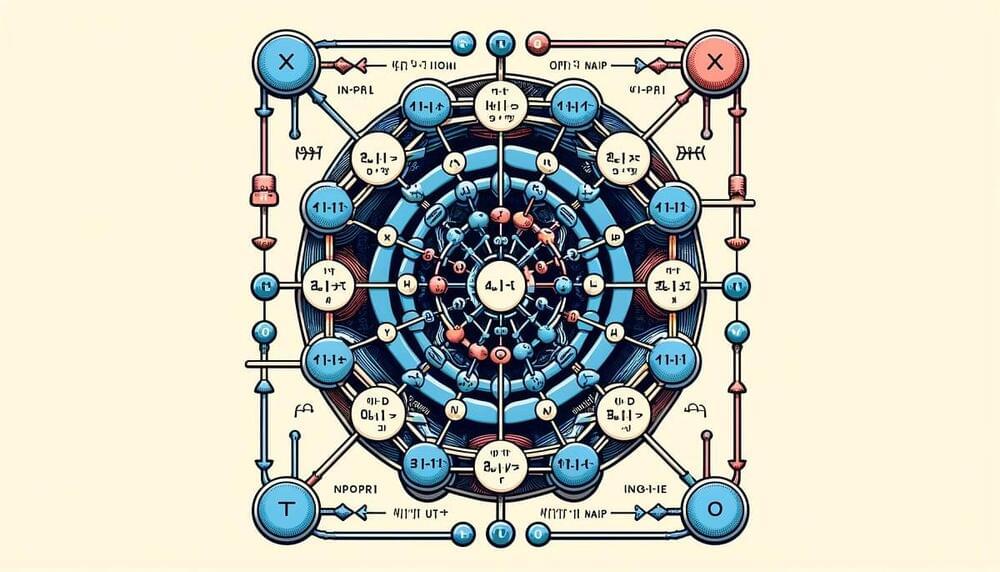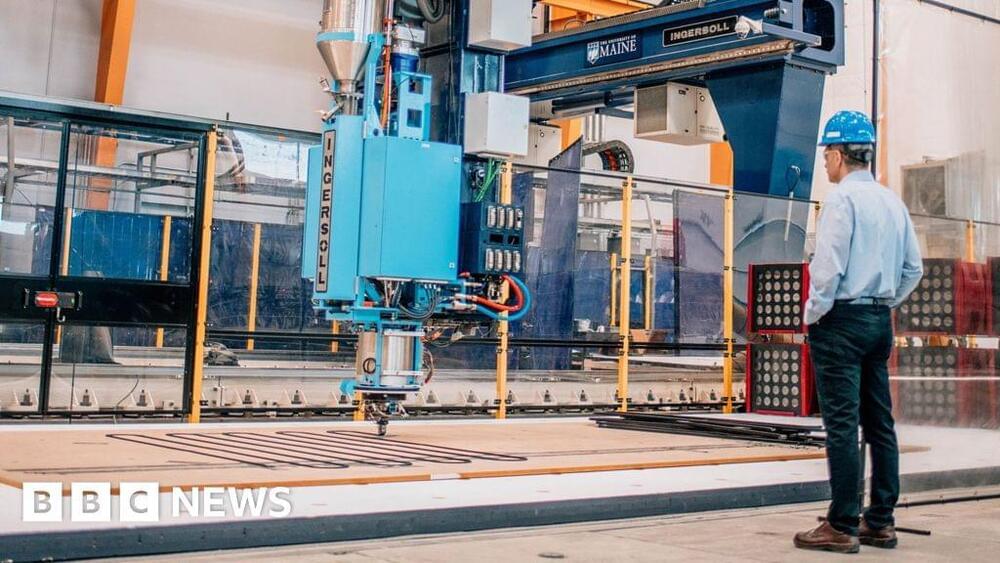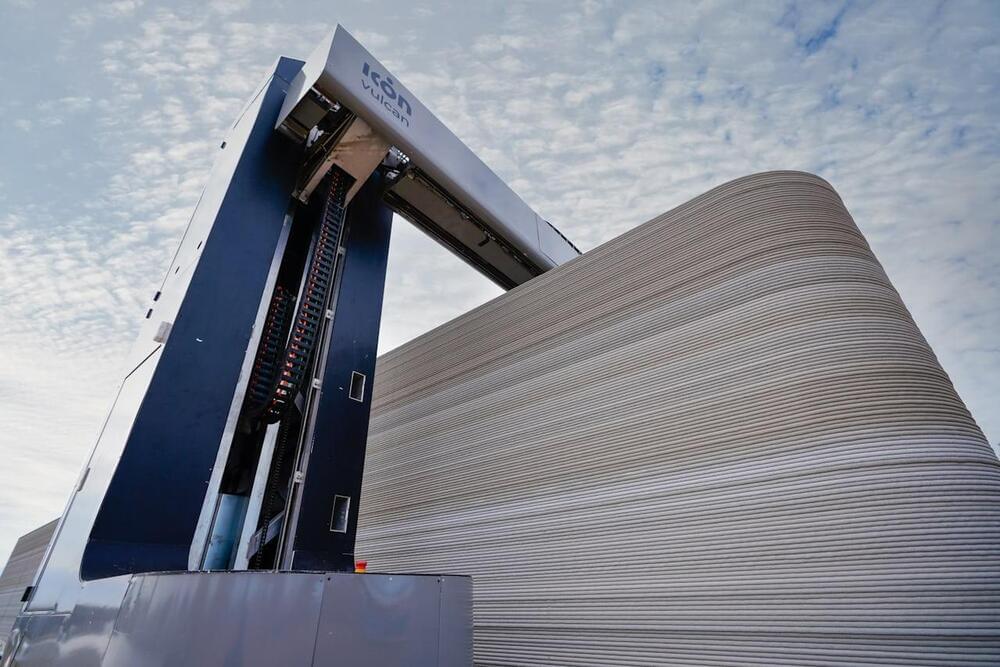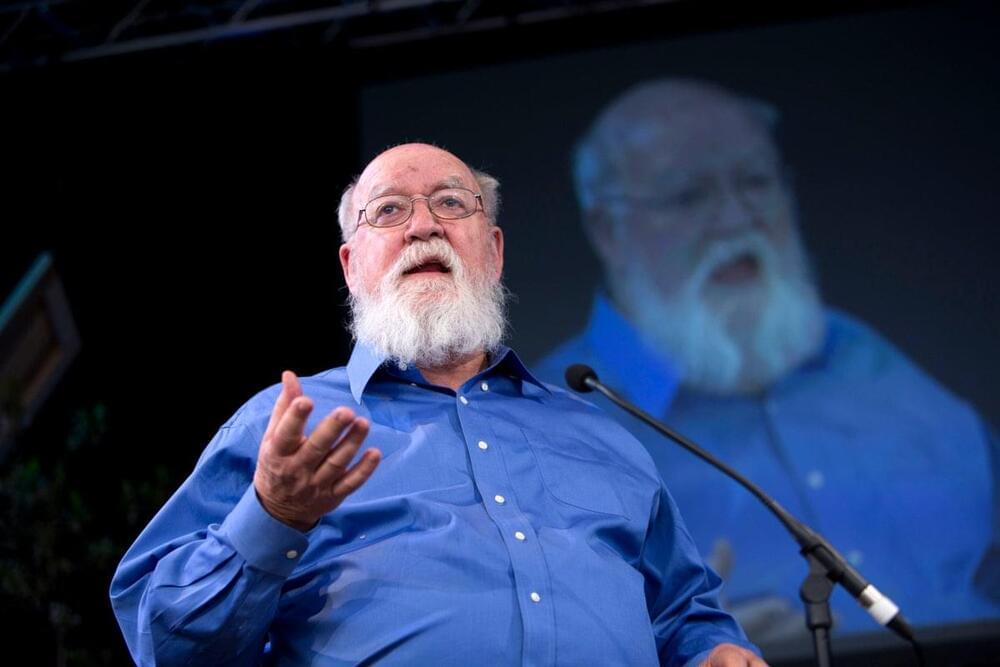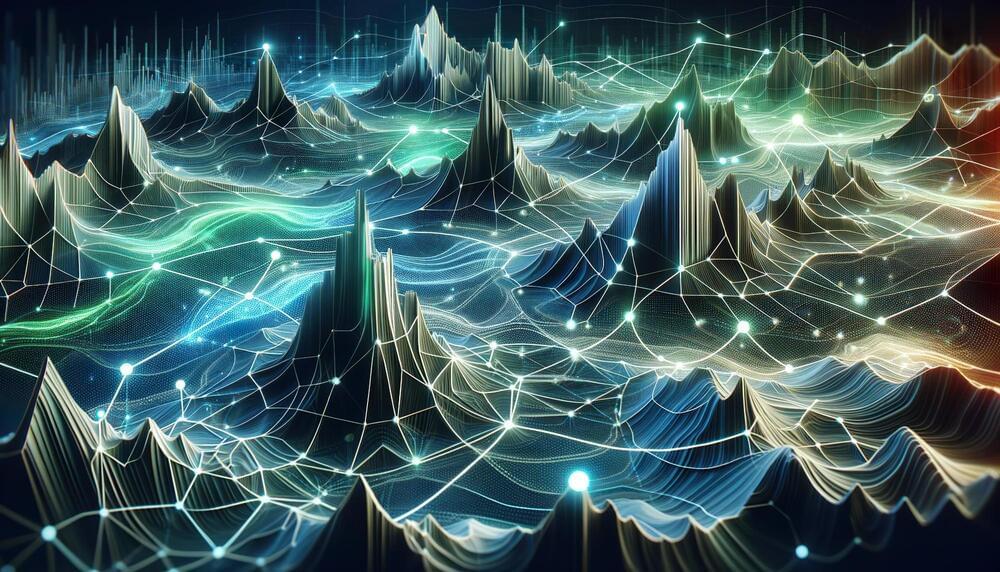Page 891
Apr 28, 2024
Google Chrome’s new post-quantum cryptography may break TLS connections
Posted by Genevieve Klien in categories: encryption, information science, quantum physics
Some Google Chrome users report having issues connecting to websites, servers, and firewalls after Chrome 124 was released last week with the new quantum-resistant X25519Kyber768 encapsulation mechanism enabled by default.
Google started testing the post-quantum secure TLS key encapsulation mechanism in August and has now enabled it in the latest Chrome version for all users.
The new version utilizes the Kyber768 quantum-resistant key agreement algorithm for TLS 1.3 and QUIC connections to protect Chrome TLS traffic against quantum cryptanalysis.
Apr 28, 2024
New approach could make reusing captured carbon far cheaper, less energy-intensive
Posted by Shailesh Prasad in categories: chemistry, climatology, economics, sustainability
Engineers at Georgia Tech have designed a process that converts carbon dioxide removed from the air into useful raw material that could be used for new plastics, chemicals, or fuels.
Their approach dramatically reduces the cost and energy required for these direct air capture (DAC) systems, helping improve the economics of a process the researchers said will be critical to addressing climate change.
The key is a new kind of catalyst and electrochemical reactor design that can be easily integrated into existing DAC systems to produce useful carbon monoxide (CO) gas. It’s one of the most efficient such design ever described in scientific literature, according to lead researcher Marta Hatzell and her team. They have published the details in Energy & Environmental Science.
Apr 28, 2024
Think you can ignore quantum computing? Think again
Posted by Dan Breeden in categories: quantum physics, robotics/AI
While gen AI has captured the attention of virtually every CIO, quantum computing is priming to take center stage.
Apr 28, 2024
Challenges in Producing and Analyzing Organoids
Posted by Dan Breeden in categories: biotech/medical, health
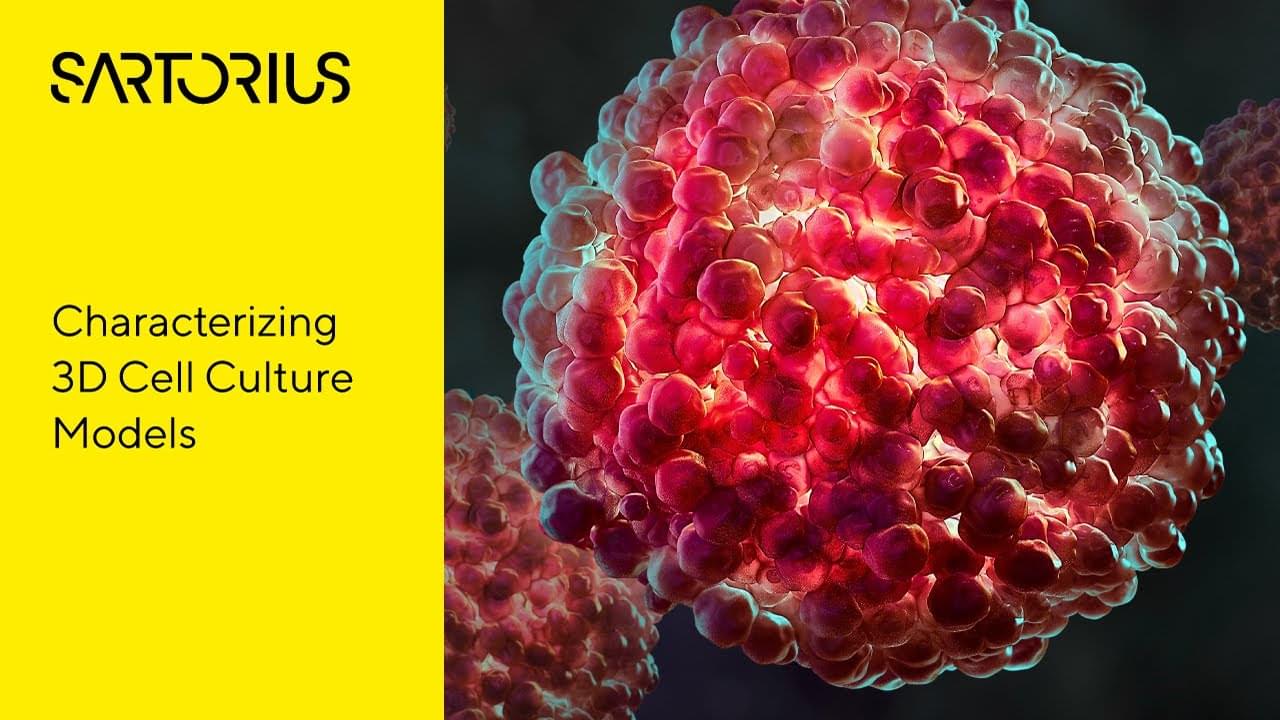
Recent advancements in our comprehension of human health and disease have been propelled by pioneering research utilizing in vitro 3D cell culture models, including both single-cell spheroids and multicellular organoids.
The refinement of these 3D cell culture models hinges on the capacity to visualize, measure, and track their development and expansion over time. Nonetheless, the methods employed to evaluate and scrutinize these intricate cell models are not without their challenges.
Continue reading “Challenges in Producing and Analyzing Organoids” »
Apr 28, 2024
The Math Behind Recurrent Neural Networks
Posted by Dan Breeden in categories: mathematics, robotics/AI
Dive into RNNs, the backbone of time series, understand their mathematics, implement them from scratch, and explore their applications.
Apr 28, 2024
World’s biggest 3D printer whirs into action
Posted by Shailesh Prasad in category: sustainability
Apr 28, 2024
Cheap, climate-friendly dream homes: New AI architect and 3D printing transform construction industry
Posted by Shailesh Prasad in categories: 3D printing, biological, climatology, habitats, robotics/AI
When facing a predator, single cells sometimes unite to defend themselves, paving the way for more complex multicellular life forms to evolve.
Apr 28, 2024
An Epitaph for Daniel Dennett, Philosopher of Consciousness
Posted by Dan Breeden in category: neuroscience
Is consciousness nothing more than an illusion? That idea defined the work of Daniel Dennett (1942–2024)
By John Horgan
Philosopher Daniel Dennett died a few days ago, on April 19. When he argued that we overrate consciousness, he demonstrated, paradoxically, how conscious he was, and he made his audience more conscious.
Apr 28, 2024
Scientists Uncover Surprising Reversal in Quantum Systems
Posted by Dan Breeden in categories: mathematics, particle physics, quantum physics
Generally, it’s advised not to compare apples to oranges. However, in the field of topology, a branch of mathematics, this comparison is necessary. Apples and oranges, it turns out, are said to be topologically the same since they both lack a hole – in contrast to doughnuts or coffee cups, for instance, which both have one (the handle in the case of the cup) and, hence, are topologically equal.
In a more abstract way, quantum systems in physics can also have a specific apple or doughnut topology, which manifests itself in the energy states and motion of particles. Researchers are very interested in such systems as their topology makes them robust against disorder and other disturbing influences, which are always present in natural physical systems.
Things get particularly interesting if, in addition, the particles in such a system interact, meaning that they attract or repel each other, like electrons in solids. Studying topology and interactions together in solids, however, is extremely difficult. A team of researchers at ETH led by Tilman Esslinger has now managed to detect topological effects in an artificial solid, in which the interactions can be switched on or off using magnetic fields. Their results, which have just been published in the scientific journal Science, could be used in quantum technologies in the future.


